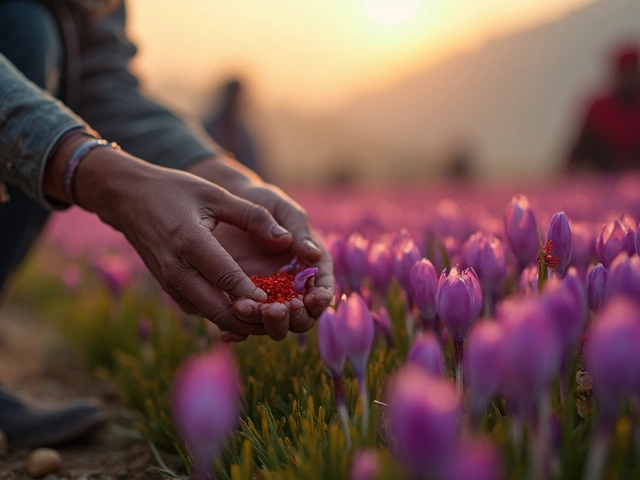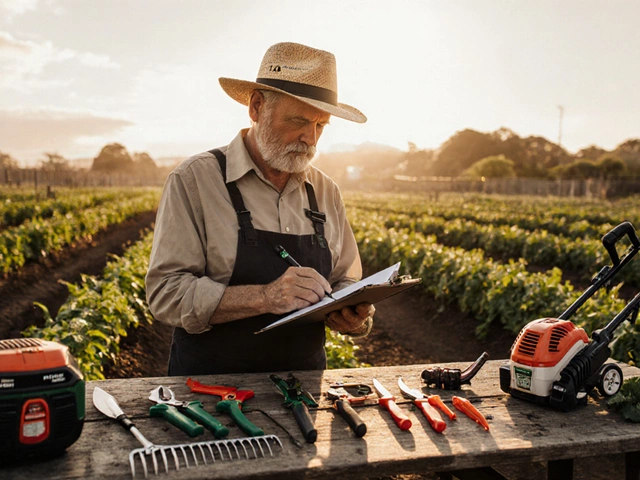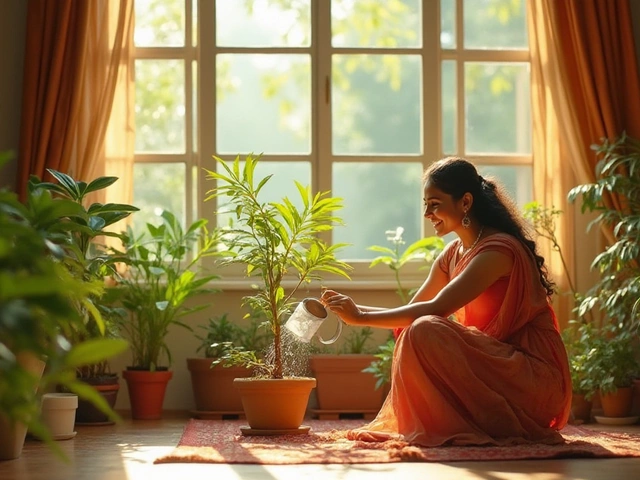Compost Safety Basics Every Gardener Should Know
Composting is a great way to turn kitchen scraps into gold for your garden, but doing it the wrong way can invite pests, smell, or even food‑borne illness. Below are the must‑do steps to keep your compost bin clean, odor‑free, and safe for you and your family.
Pick the Right Spot and Container
First, place the bin on a well‑drained spot away from your house but close enough to toss scraps quickly. A sturdy bin with a lid works best – it keeps rain out, blocks rodents, and cuts down on odor. If you use a simple pile, surround it with a wire mesh fence to stop animals from digging in.
Balance Greens and Browns
“Greens” are wet, nitrogen‑rich materials like vegetable peelings, coffee grounds, and fresh grass clippings. “Browns” are dry, carbon‑rich items such as dried leaves, straw, or shredded newspaper. A good rule of thumb is roughly three parts brown to one part green. Too many greens make the pile soggy and smelly; too many browns slow down the breakdown process.
When you add coffee grounds, remember not every plant loves them. Plants like blueberries and azaleas dislike the acidity, so keep coffee grounds far from those beds. This tip comes from our post “Plants That Hate Coffee Grounds.”
Turn the Pile Regularly
Avoid a stagnant, anaerobic mess by turning the compost every week or two. Use a pitchfork or a compost aerator to mix the top and bottom layers. Turning introduces oxygen, speeds up decomposition, and reduces the chance of foul smells.
Watch for Pests and Pathogens
If you notice rats, flies, or a strong rot smell, it means something’s off. Make sure you’re not adding meat, dairy, or oily foods – these attract pests and can harbor harmful bacteria. For added safety, cover fresh food scraps with a layer of brown material before they hit the pile.
When you’re ready to use the compost, let it cure for at least a month after the pile stops heating up. This curing phase kills most pathogens, making the material safe for edible plants.
Use Compost Wisely
Before spreading, check the texture. Mature compost feels like dark, crumbly soil and smells earthy, not sour. Mix it into garden beds, use it as a top‑dressing, or brew a nutrient‑rich tea for indoor plants.
If you’re a balcony gardener, our “How to Maximize a Small Balcony” guide shows how you can keep a compact compost tumbler on a railing without taking up too much space.
By following these simple steps, you’ll turn kitchen waste into a safe, powerful fertilizer that boosts plant health and keeps your garden free of unwanted guests. Happy composting!
What Not to Put in Compost: Essential Guide for Safe and Healthy Homemade Composting
If you’re eager to make nutrient-rich homemade compost, you need to know there are a few things that just don’t belong in the pile. This practical guide dives deep into what you absolutely shouldn't add, and why skipping certain scraps makes your compost safer and better for your garden. We’ll unpack surprising facts and tips you won’t find on the back of a fertilizer bag. Make sure you create compost that’s both eco-friendly and trouble-free. Here’s what every home composter needs to know.
About
Gardening
Latest Posts


Disadvantages of Having a Balcony Garden
By Alden Thorne Mar 10, 2025

Best Garden Tool Brands on the Market
By Alden Thorne Oct 15, 2025

How to Fix Hard Soil in Your Garden for Healthier Plants
By Alden Thorne Jun 29, 2025

